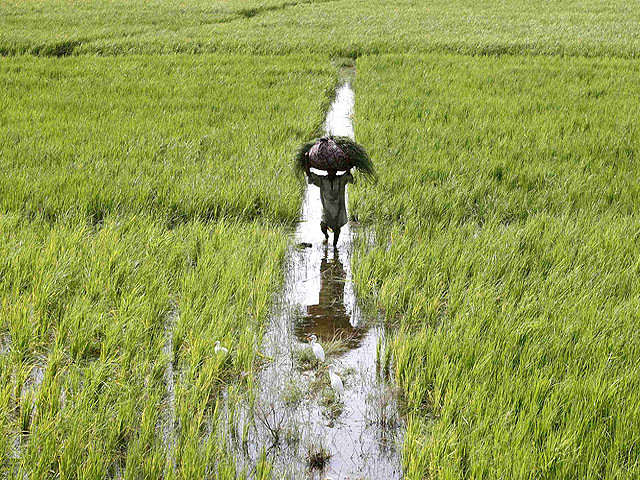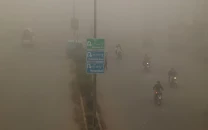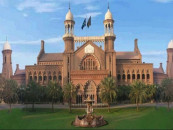Re-thinking canal colonisation: ‘Caste was integral to canal colonisation’
Speaker discusses local ideas of ‘magic’ in colonial thinking.

The fact that caste-identities remained active in the Punjab after the canal colonisation of the early 20th century requires us to re-think how it is thought of as a modernist project, Mubbashir Rizvi, a doctoral student at the University of Texas at Austin, said on Wednesday. Speaking at “Jangal Vich Mangal (Joy in the Wilderness): Millennial Irrigation and the Colonial Infrastructure as Gift” at the Forman Christian College (FCCU), Rizvi said that a report titled The Youngest Canal Colony in Punjab on the Lower Bari Doab can show how thinking about caste was a part of the colonial policy.
‘Pre-modern categories were preserved’
“The document describes a scene of the people waiting at a railway station after the coming of the train and canal colonisation,” he said.
“There is an Arain, whose property has been devoured by the Sutlej river; a Sansi, a member of a ‘criminal tribe’ but now registered and settled in a designated colony; an absentee colonialist from the Potahar plains; a Christian missionary from Bethlehem; and a retired subedar in the Punjab Constabulary, who is also a land owner. The scene paints a stereotype of how canal colonisation affected various castes in different manners,” he said.
“Caste, class and military service feature differently in the logic of the State. The scene at the platform lets us see the colonial project as a project to change and preserve the pre-modern categories of caste,” he said.
Traditional modes of interpretation
He also said that while it was true that local populations interpreted modern infrastructure through pre-existing modes of authority, the reverse can also be seen.
“The report begins by stating, ‘Legend has it that hundreds of years ago, a peer cursed this fertile land due to the arrogance of the cultivators…and diverted water from the Beas [River] to the Sutlej [River],’” he said.
“The colonial architects also paint the landscape as a wasteland… to argue that ‘only modern irrigation can save the landscape’ and overcome the curse,” he said.
“It is interesting that the same language is mirrored in a short story by Ahmed Nadeem Qasmi titled Thal,” he said. “It begins with an old man recalling that there would be a dust storm every day when the tracks were being laid until the British engineers decided to distribute seven large pots of rice amongst the poor as tribute to the saints.”
The story is about how locals attribute mysterious agencies to modern technologies, he said. “The story shows how modern technology does not merely restructure people; but structures a layer upon existing populations,” he said. “Knowledge is a social product. This cannot be ignored when we think about the canal colonies of Punjab,” he said.
Published In The Express Tribune, June 28th, 2012.



















COMMENTS
Comments are moderated and generally will be posted if they are on-topic and not abusive.
For more information, please see our Comments FAQ